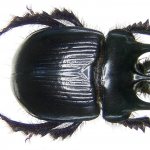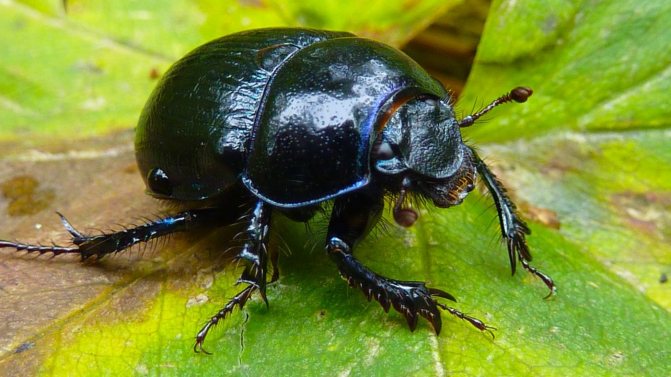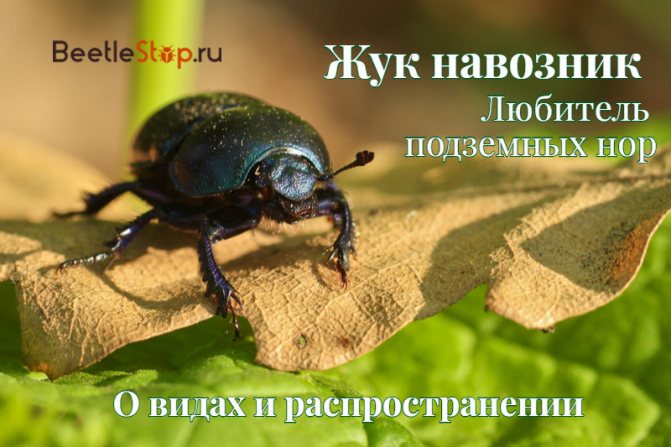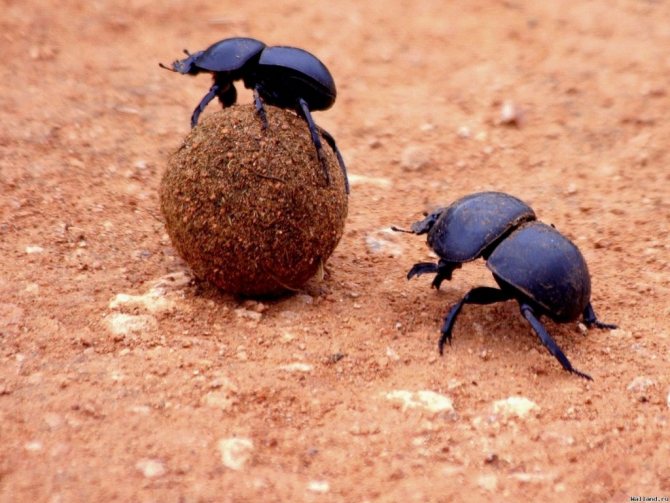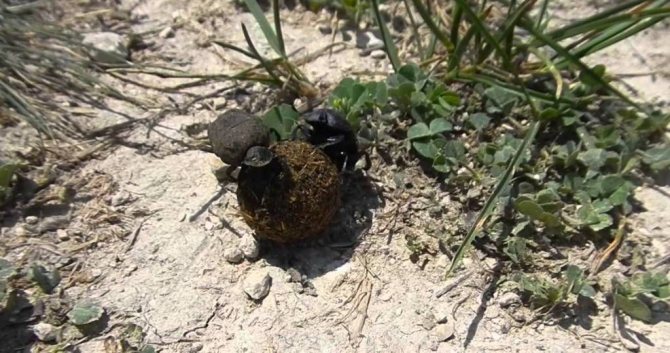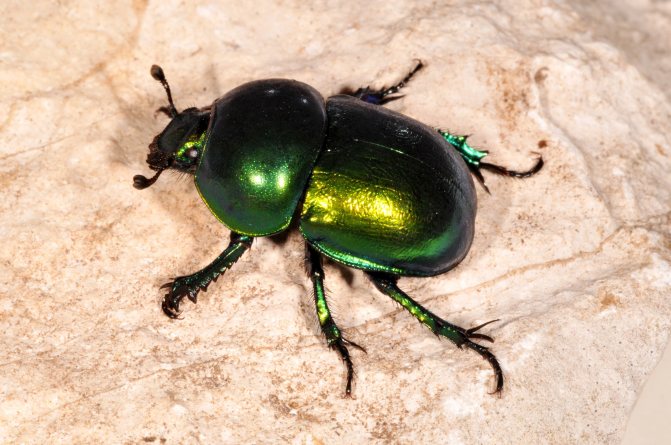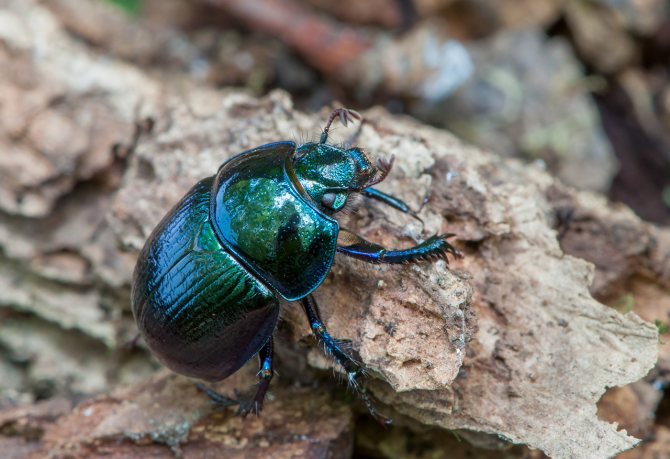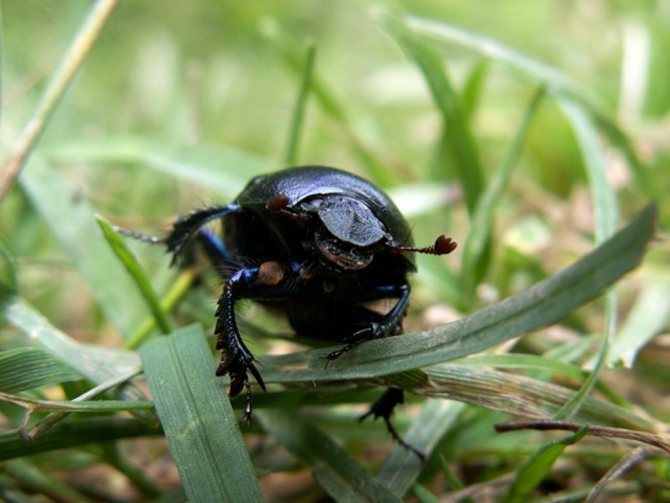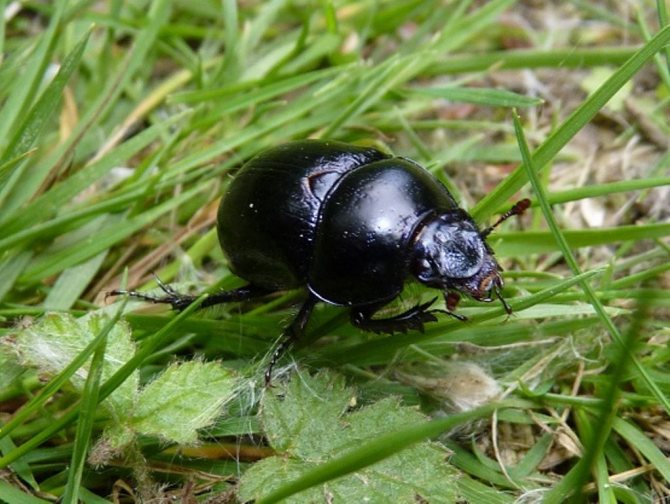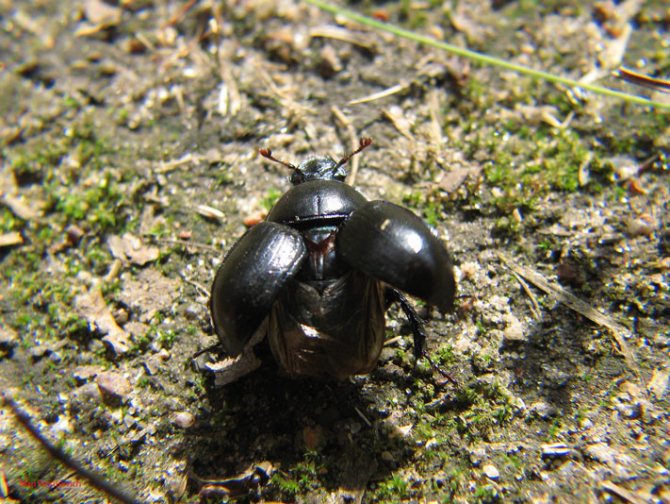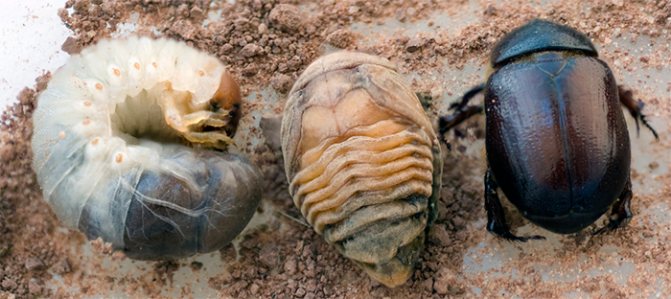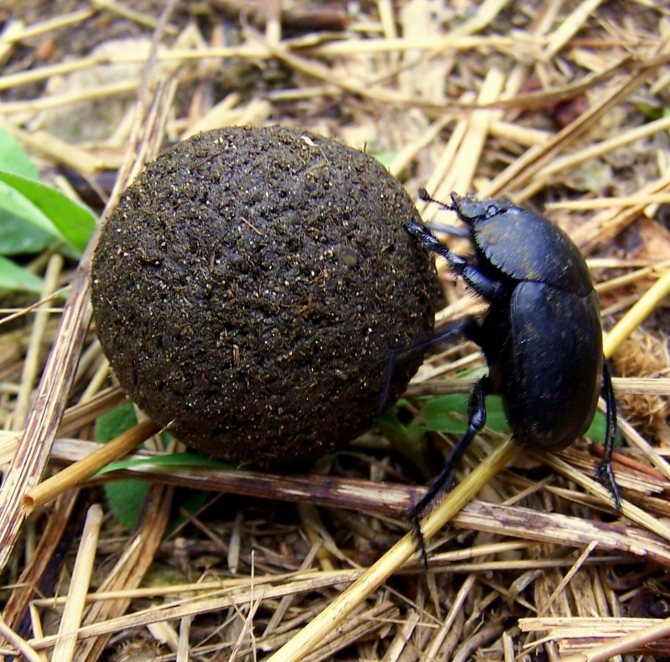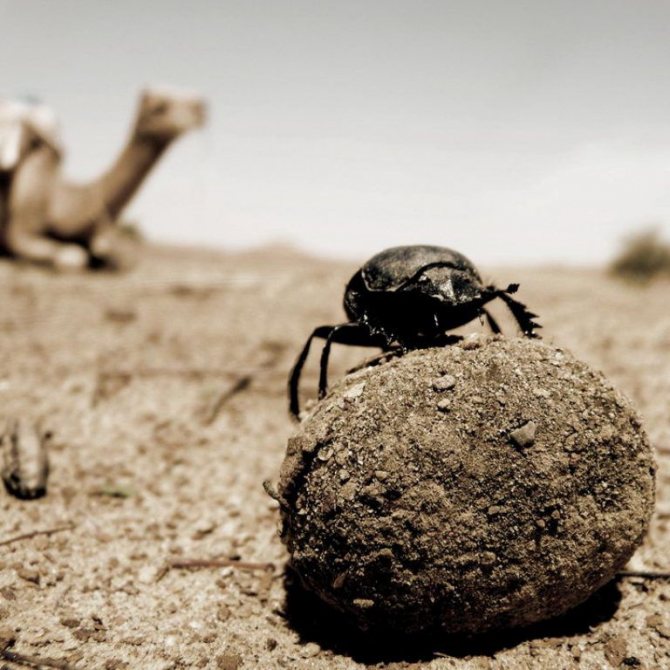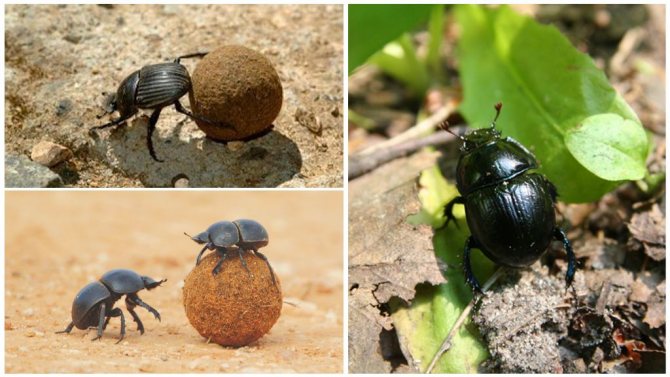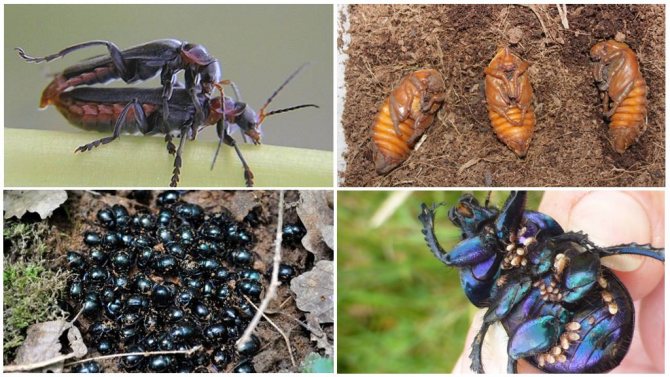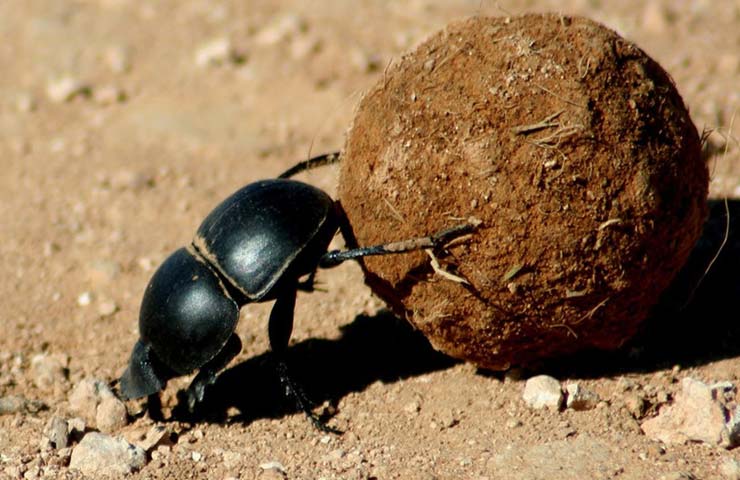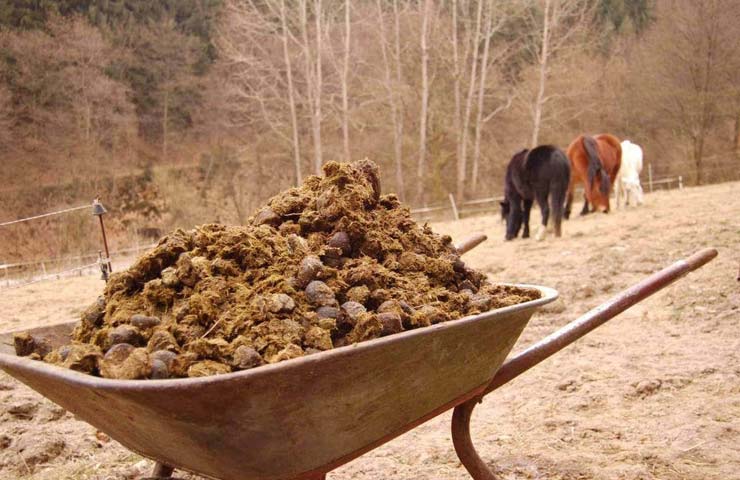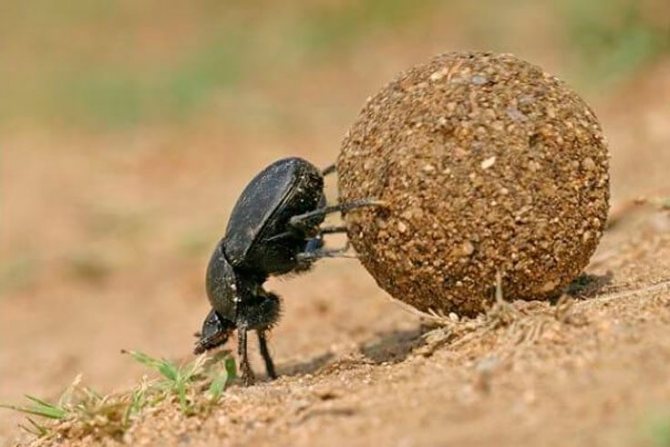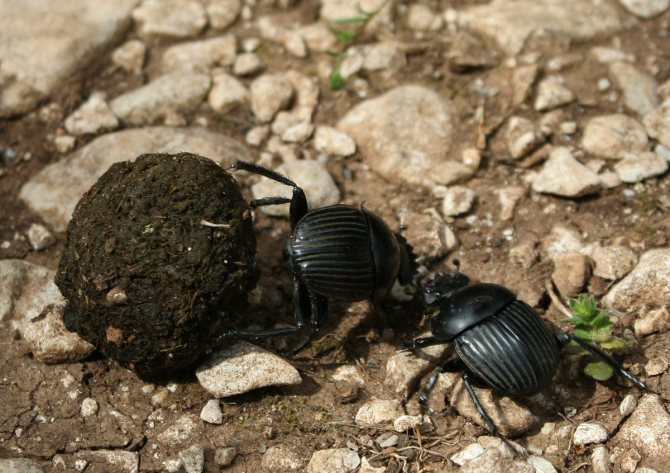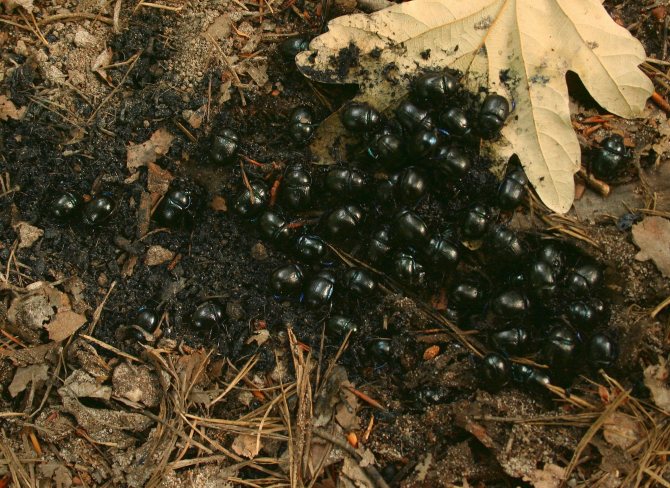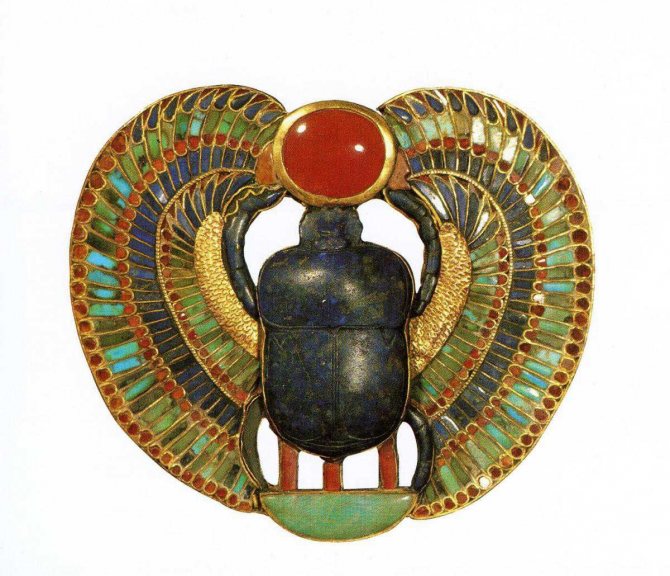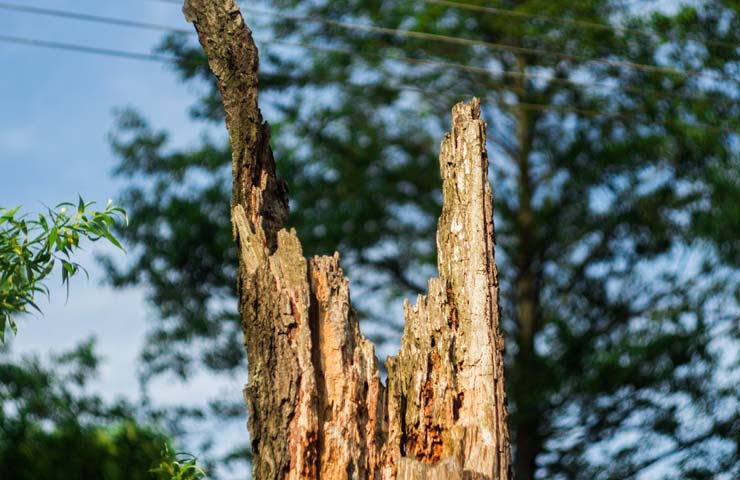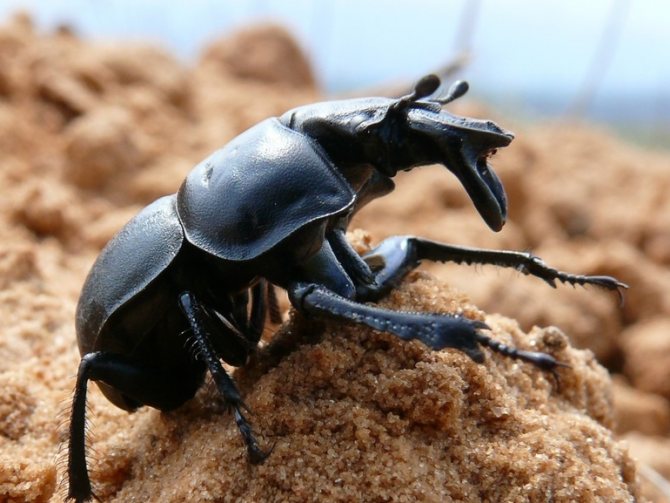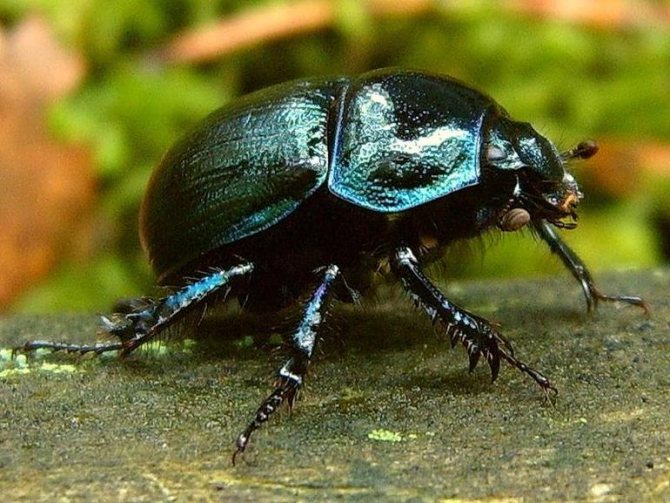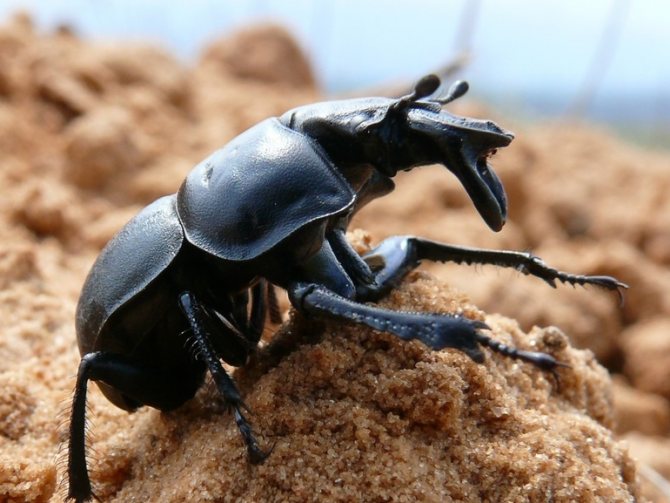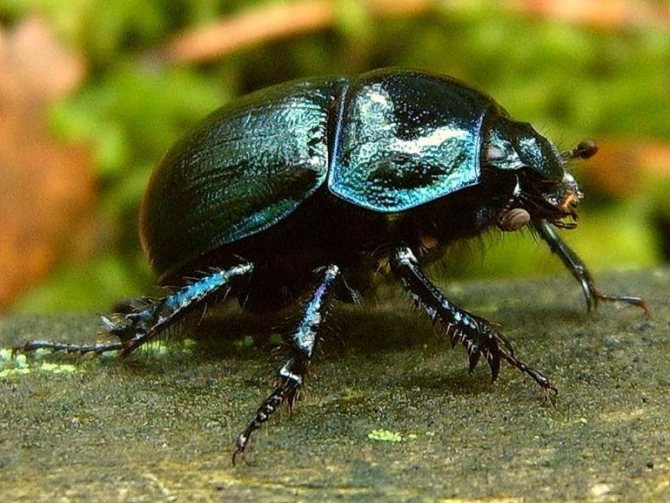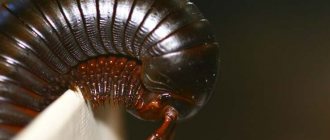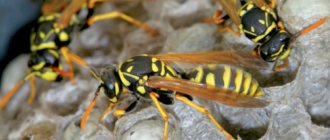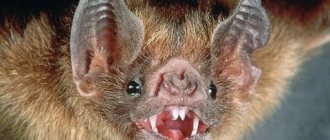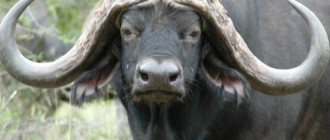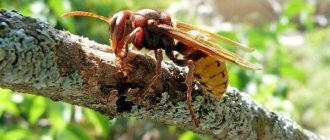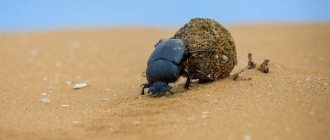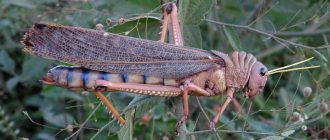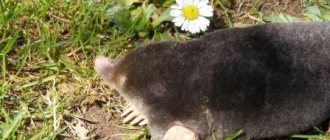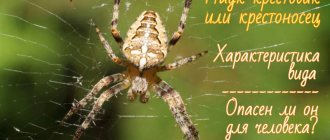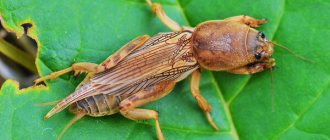On earth, among the variety of insects, the dung beetle is considered the most hardworking and strong representative of the genus Lamellaria.
The lower part of the beetle has a violet-blue color, but the color of the shell can be different: blue-green, pure black, green or black-blue. However, regardless of the main color, all the shells under the sun's rays shimmer with a metallic sheen. Several scattered points serve as decoration of the beetle's chest shield. The dung beetle weighs only 2 grams, and the total body length can range from 16 to 25 mm.
Dung beetle (lat.Geotrupes stercorarius)
This beetle got its name due to its addiction to manure, which is its main source of food. The main reference point in the search for dung for the beetle is its smell, which they sense with the help of the organs of charm located on the antennae - antennas.
Despite its low weight, the beetle is able to mold a ball from manure weighing up to 40 grams, and sometimes the size of a fist. The food prepared in this way, the beetle buries it in its burrow, the depth of which can reach 60 cm. One such ball will provide the beetle with food for 12 hours. After the end of the meal, the insect again goes for a new portion.

The dung beetle moves the ball with its hind legs.
For its food, the beetle chooses low-grade manure, but for feeding its offspring, preference is given to sheep or horse manure. Because of it, beetles often enter into fights with each other, even if there is a sufficient amount of this manure around or simply steal someone else's ready-made balls. It happens like this: a beetle - a raider helps to roll the ball to another beetle, and then, while the latter is busy digging a mink, calmly rolls the ball in the direction it needs. In addition, dung beetles harvest stocks consisting of rotten leaves, small flowers, seeds and fruits.
Dung beetles: description
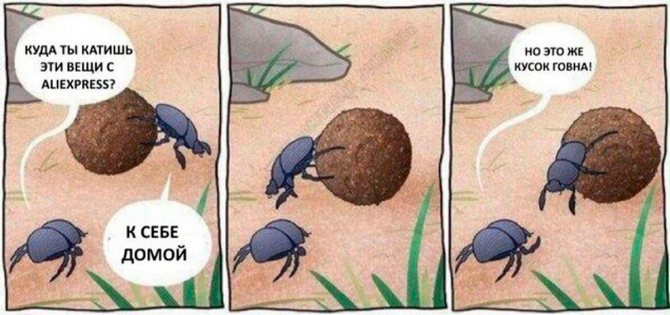

Dung beetles (Geotupidae) belong to a separate family, the vital activity of which is inextricably linked with the soil. Their name consists of two words - geos (earth) and trypeter (one that digs). Beetles are distinguished by an oval or rounded body shape, ranging in size from 3 to 70 mm. Their head always looks forward. Antennae consist of 11 parts and are organs of touch for beetles. One of the family has a special structure of the mace, which consists of 3 parts and, when opened, looks like a fan. In some species, the mace is enveloping, and the mandibles are clearly visible when viewed from above.
The pronotum is distinguished by its convexity, sometimes with tubercles, punctures, and even outgrowths. The elytra of this creature are thickened and protruding, and the surface is either smooth or grooved. As a rule, the wings of dung beetles are well developed, therefore they fly from place to place without any problems in search of food, or rather the remains of animal life. There are species that cannot fly. There are dung beetles with various colors: black, brown, blue, green, yellow, and also with a metallic sheen. The belly of the beetle can be colored blue or purple. It contains 6 sternites, with 7 respiratory organs.
The front legs have a structure characteristic of insects that dig in the ground. The coxae of the forelegs protrude significantly and differ in transverse structure. The tibiae are serrate along the outer edge, and there are 2 spurs at their apex. Simple claws can be seen at the end of the legs, and the lateral surface is covered with black hairs.
Beetle larva
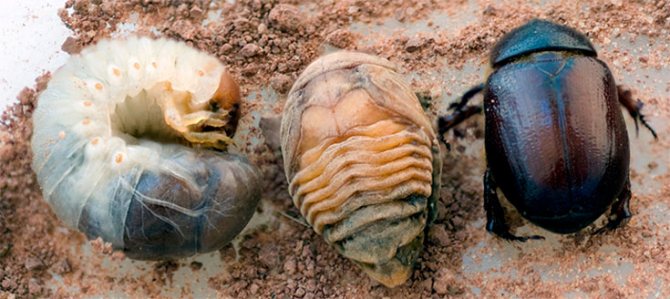

Lamellar beetles are distinguished by a complete development cycle. The beetle larva can be distinguished by its C-shape, which is characteristic of this species.The body is round, thick and fleshy, creamy white, beige or yellow in color. Most of the species have no frontal suture, and the cephalic capsule is sclerotized. The jaws are well developed, the head is brown. The larva has no eyes, and the antennae consist of 3 parts.
Where is the dung beetle found
It is difficult to find a place on the globe wherever these beetles are. They can actually be found in Europe, Asia, Africa, North and South America, as well as Australia. Beetles love to settle in meadows, on forest edges, in pastures and in other places, next to animals.
What does a larva look like
Like other insects, the digger goes through the larval stage before becoming an adult digger. The larva is C-shaped. The body is round and thick. Color can be:
- cream;
- white;
- pale yellow.
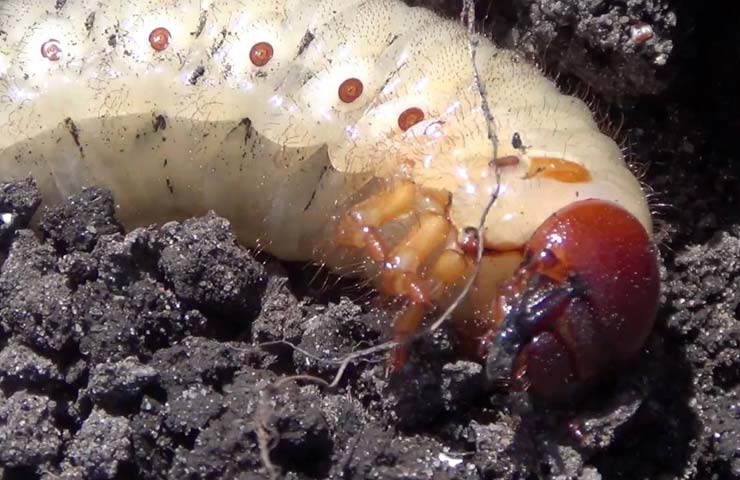

Dung beetle larvae are often found in the ground
The insect's jaws are well developed. The larva has no eyes. The frontal suture is also missing. Antennae have three parts.
Lifestyle
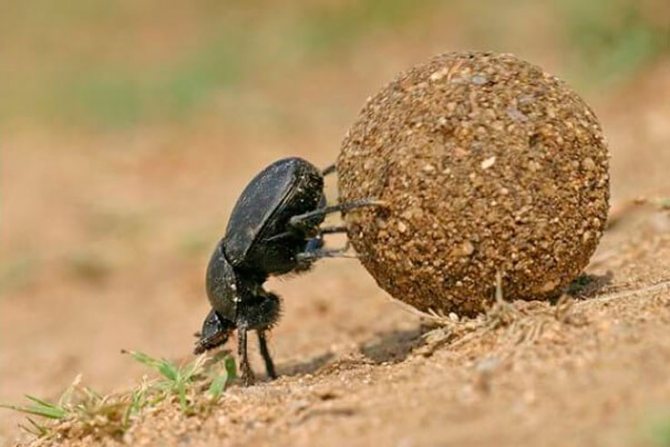

The dung beetle lives in the ground, in dug holes, especially in places where leaf litter or dung heap is located. He stays in his shelter all day and gets out only in the evening, although some species are active in the daytime. It is interesting to observe how the beetles roll balls out of the dung, deftly using their front legs. The spheres that have formed in this way are rolled closer to their dwelling. The diet of beetles includes mushrooms, decay products of organic matter, and vertebrate excrement.
Interesting to know! There are species of dung beetles that do not feed because they subsist on nutrients stored in the larval stage.
The Geotupidae family is distinguished by its territorial behavior. Males compete among themselves for the right to fertilize females. Many experts believe that females choose a partner for themselves in terms of the volume of rolled balls of manure. The larger the sphere of manure, the higher the chances for males to get the favor of females, and therefore continue their race. Insects mate during the summer. Spheres of manure are used for beetles as stocks for feeding their offspring.
Beetles form vertical burrows, 15 to 200 cm long, where they leave room for the larva at the bottom of the burrow. The female lays eggs on a dung ball, after which, after a month, a larva appears from the egg, which lives in the hole without leaving it. In such conditions, it hibernates, and by the spring a pupa is obtained from it. It takes 1 year to develop one generation. The life span of a beetle is about 2 months.
Reproduction
The digging beetle begins to breed in the summer. Lays eggs in a burrow. At the very bottom there is a special “room” where parents roll the ball. In each, the female lays an egg, thereby providing the larva with food for the entire cycle of its development. The male and the female live together, the entrance is closed with a dung ball, they wait for the larvae to appear. This takes 20 to 28 days.
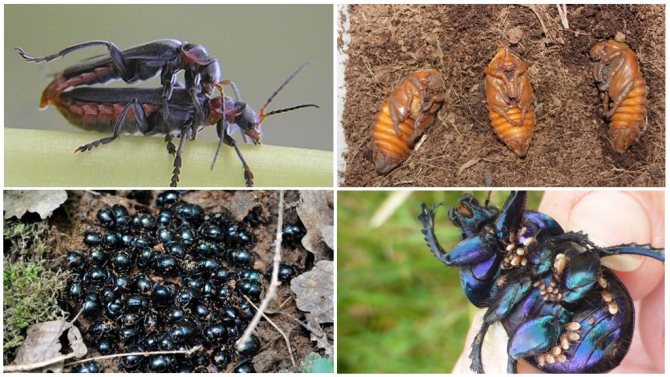

Dung beetle breeding
Interesting!
The dung beetle larva is born with a soft shell, white. As they grow older, it sheds several times, acquires a characteristic color. All this time, the parents feed the cubs, they themselves do not eat anything, and soon die. The younger generation goes out, crawls in different directions, builds its own nests.
The beetle hibernates in the larval stage, being inside a dung ball. Development continues in the spring.
Genus classification
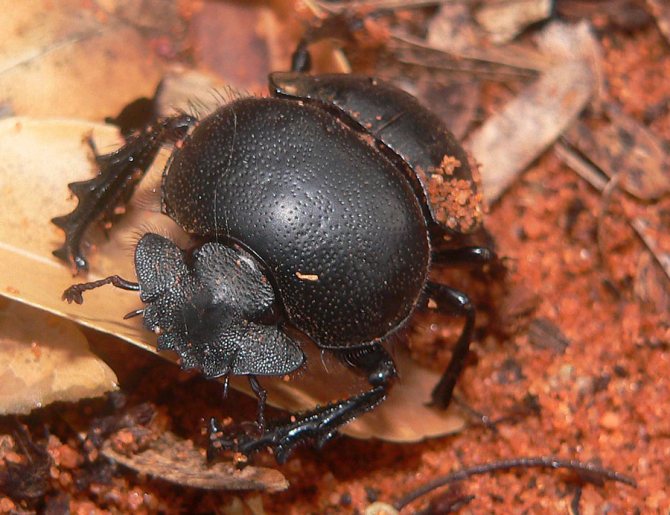

The Geotrupidae family includes more than 600 species of dung beetles. At the same time, you should pay attention to several subfamilies, such as:
- Subfamily Bolboceratidae, which includes both large and medium-sized beetles. Most of the species of this subfamily inhabit the Palaearctic. Beetles of this genus grow in length up to 15-23 mm, their antennae have 11 segments, and the club has 3 segments. Beetles are distinguished by black, brown, or two-colored elytra. The wings are well developed, so beetles fly from one place to another without any problems. Adult beetles prefer to feed on mushrooms, and larvae on humus.
- The subfamily Geotrupinae are medium-sized beetles with prominent upper jaws and lip.The mace can be lamellar or enveloping. The forelimbs have from 4 to 9 teeth, which are located along the outer edge. Beetles of this subfamily feed on mammalian excrement. In addition, mushrooms and forest floor are included in their diet.
- The subfamily Lethrinae is distinguished by a convex body, oval in shape, up to 35 mm long. They can be distinguished from representatives of other families by the presence of mandible appendages located on the upper jaw of males. The mace is enveloping, so it cannot unfold in the form of a fan. Representatives of this subfamily do not fly and prefer to live in burrows. During the breeding season, males show aggression towards each other. Male and female individuals mate on the surface. In order to have something to eat for the larvae, beetles harvest various organic matter.
How to fix
The larvae of some subspecies are pests. Agricultural crops are destroyed. To combat dung beetles, water the soil with onion broth in the spring.
Another effective method is bait construction. To do this, a barrel coated with grease is placed in the garden, and a light source is placed on the bottom. Not only dung beetles will fly to such a structure, but also other pests.
There are no special chemicals for the destruction of earthmoving. This also applies to preventive techniques. In most cases, the beetle is useful and does not need to be destroyed.
Types of dung beetles with photos and names
Anoplotrupes Stercorosus
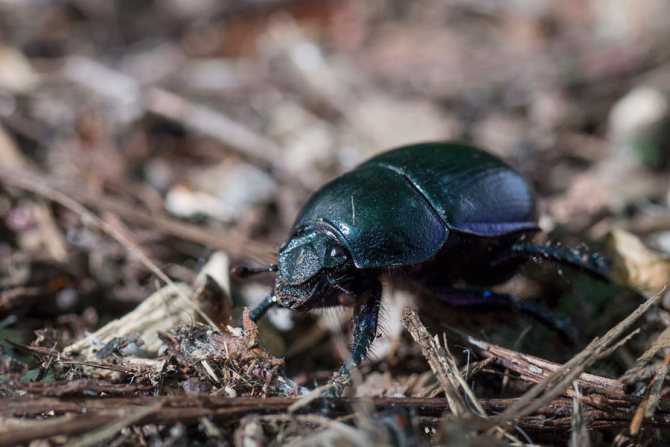

This is a forest dung beetle, which is found almost throughout Europe and belongs to the most widespread species. It prefers beech plantations, although it can be found in deciduous and mixed forests. It can grow in length of the order of 12-20 mm. Differs in black and blue elytra, as well as a blue lower body with a metallic sheen. On each half of the elytra there are 7 rows of dotted grooves. As a rule, the wings of the beetle are colored and can be green, purple or brown. Antennae color is red-brown, with a large club.
The beetle is active from May to September. He actively digs holes to a depth of almost 1 meter, at the end of which he forms a place where he will lay eggs in the future. For the life of the larvae, the beetle prepares feces of various animals, as well as other organic matter. After hatching, the larvae hibernate in these burrows, and in the spring, adults emerge from them.
Onthophagus gazella
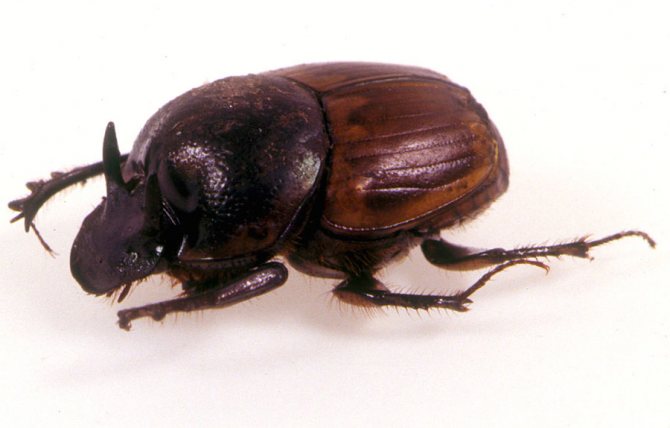

It is a brown dung beetle that belongs to the scarab family. Africa is considered his homeland, and he was deliberately brought to certain countries in order to solve the problem of getting rid of the results of animal life. The settlers from Europe did not come by themselves, but took many domestic animals with them. 400 local dung beetle species could not cope with the manure problem in the pastures and a lot of dung accumulated on them.
In this regard, I had to opt for this type of beetle, which is distinguished by high diligence and rapid reproduction. It doesn't take a whole year for this beetle to develop. The male and female collect up to 12 balls from organic waste, after which they lay eggs in them. After birth, after 20 days, the larva pupates, and after a couple of weeks an adult beetle emerges from the pupa.
Trypocopris Vernalis
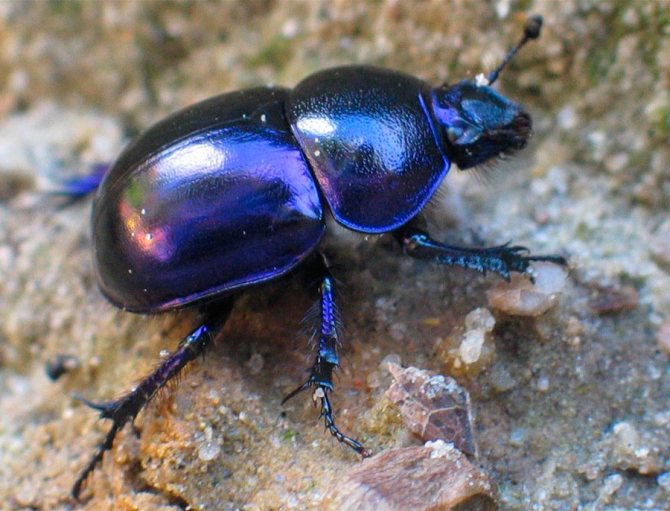

It is a spring dung beetle that lives in many countries of Europe and Asia. The beetle is distinguished by a convex - oval body shape, up to 20 mm long with various colors. There are specimens of black and blue, green or dark blue. On the elytra, barely noticeable and not clearly pronounced grooves, which makes it seem that the surface is smooth. Numerous dots can be seen on the wide fore-back. The antennae are dark, and the club is lamellar. There are two growths on the hind legs, in the form of a keel.
This species of dung beetle is listed in the Red Book as a rare species.Despite this, in places where ungulates are concentrated, it is found in large quantities. The beetle chooses the edges or lawns of deciduous forests for its life. The rare beetle is most active at dusk, from May to September.
It's important to know! Shiny green dung beetles are outwardly similar to bronzes, but have differences in the way of life. Spring dung beetle rests in the daytime and only in the evening flies out of its shelter in search of dung heaps.
Females dig holes under heaps of excrement, up to half a meter deep. At the bottom of the burrow there is a place where manure blanks are stored for feeding the larvae. In such conditions, the future offspring hibernate, and pupate with the arrival of spring. Due to the fact that the number of cattle is decreasing, forests are being cut down, there is a negative influence of anthropogenic factors, the populations of dung beetles are constantly decreasing.
Extemporaneousness
This name means common dung beetle, with a glossy black and blue surface. This species inhabits almost the entire Palaearctic. The insect grows up to 16-27 mm in length, has an oval body, and the abdomen is characterized by a blue color with a metallic sheen. In addition, dark hairs grow on the abdomen. The elytra are distinguished by the presence of 7 grooves on each. The head is directed forward, the antennae have three lamellar clubs. Beetles choose meadows and farmlands for their livelihoods, where livestock graze.
The diet includes excrement from horses and other animals. Beetles dig holes to a depth of 0.6 meters, where they store balls of dung to feed their offspring. The female can lay from 3 to 6 eggs, with each larva having its own place in the hole. There is enough food for the offspring, since the beetles harvest balls from the manure, the size of which is several times larger than the size of the insect itself. Young beetles emerge from pupae in mid-spring. The main activity is shown in the dark. When a dung beetle is in danger, its limbs begin to make characteristic sounds, similar to a creak.
Anthropomorphous
These are kaloeda beetles that grow to a small size and have a compact, slightly flat body. It is also called the kaloed-bull, due to the presence of paired outgrowths on its head, in the form of horns, although this is typical only for males.
These outgrowths can be located on any part of the head. With the help of these growths, they arrange fights in their tunnels for females. The one who wins, he gets a female and a place for refuge.
In some individuals, such growths are absent, but this deficiency is compensated by the nature of increased sexual activity. These males do not fight, but this does not prevent them from fertilizing females. They just go and ambush the females.
Interesting information! The two-horned kaloid is the strongest beetle on the globe, as it can move a weight that is 1141 times the weight of the beetle itself.
Onthophagustaurus beetles inhabit almost all of Europe, North Africa, Iran, Afghanistan and Central Asia. In 2013, this dung beetle species was introduced to New Zealand to cope with sheep waste. Insects are active during the day, compared to other types of dung beetles. Some of the representatives of this species dig holes, and some lay their eggs directly in the manure heap.
Benefits and harm to humans
Some gardeners consider these insects harmful and take various measures to destroy them in their plots. However, this opinion is fundamentally wrong, and drillers do no harm. On the contrary, these creatures are of great benefit to both the soil and the plants in the garden or vegetable garden.
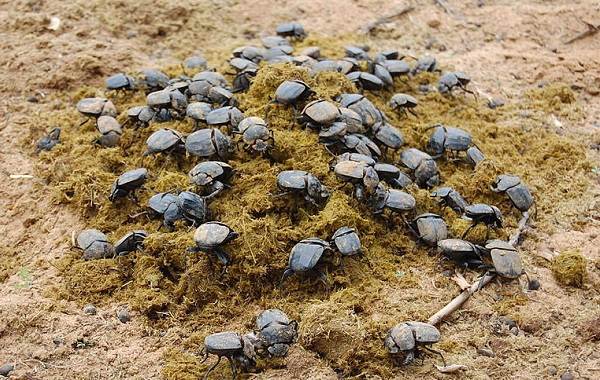

The main benefit is that dung beetle - reducent , it promotes the processing of complex organic compounds into simpler ones that are available for assimilation by plants. That is, thanks to these insects, manure becomes "useful" and begins to "work" to increase yields.
A striking example of the benefits of the beetle is the situation in Australia. The fact is that with the influx of immigrants to the southern continent, the livestock population has also sharply increased here. Moreover, the cultivation of the latter was facilitated by extensive pastures with green succulent grass.
However, the joy of the settlers (especially those who began to earn money by exporting meat and wool) was short-lived. Already after a few years, the vegetation ceased to be renewed, many pastures turned into practically deserted territories. Changing the diet from succulent grass to sparse tough bushes negatively affected both the livestock population and the quality of the products obtained from it.
After scientists (ecologists, biologists, entomologists and others) got involved in solving the problem, it became clear that the lack of vegetation is directly related to an excess of manure on the former pastures. Having dried and compressed, animal waste simply did not allow the grass to "break through" to the light.
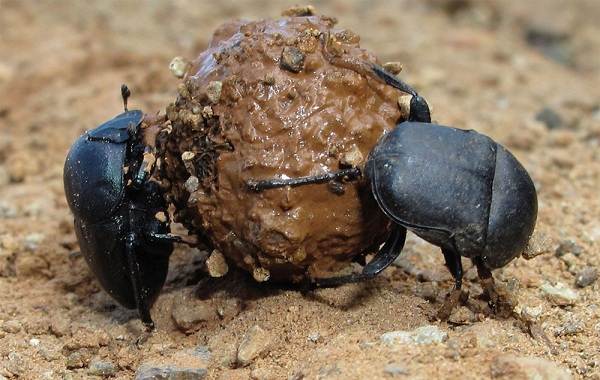

As a solution to the problem, the same scientists suggested using the "labor" of dung beetles. Since there were no suitable insects in Australia, they were brought here from other continents. The representatives of lamellar burrowers brought to the site quickly understood their task and in just a few years were able to correct the situation - the pastures of Australian cattle breeders were again covered with fleshy green stalks of herbaceous plants.
Given all this, it is unlikely that at least one Australian gardener or gardener would call dung beetles harmful and dangerous insects. By the way, processing manure is not the only benefit these beetles bring. When equipping their shelters, they dig tunnels, loosening the soil, which, in turn, contributes to its saturation with oxygen.
In addition, by rolling dung balls, beetles contribute to the spread of various seeds (it is known that in the droppings of cattle and small ruminants there are undigested plant remains, including their seeds).
Environmental significance
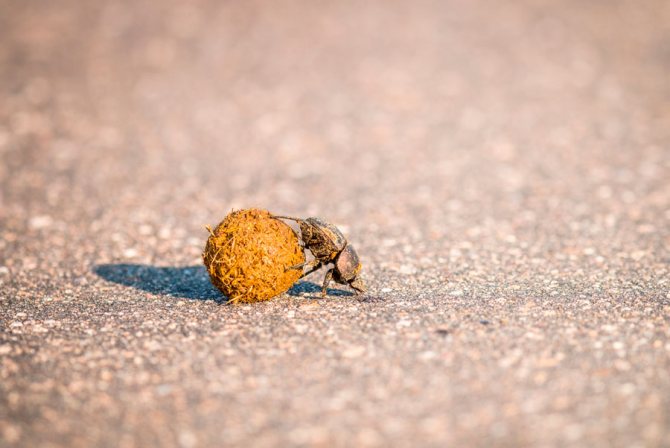

Dung beetles are used in dairy and livestock farms to solve problems with the disposal of animal excrement. When insects crawl with manure for the development of their offspring, the number of objects where insects harmful to humans and animals, as well as bacteria, can develop, is minimized. This is especially true of flies, which do not miss a single pile of manure, after which they can fly into the house to a person and sit on food. In turn, they supply the soil with organic components, which increases its fertility.
Power features
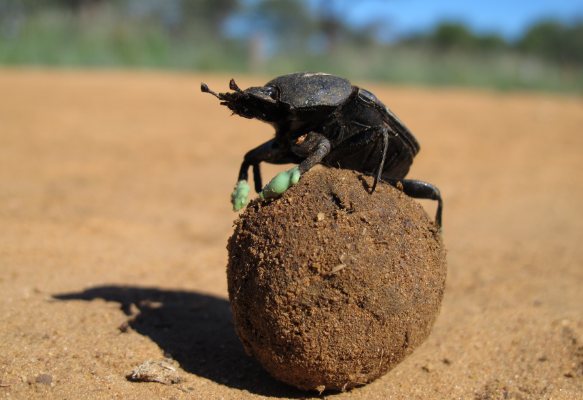

Many dung beetles have horns, which they usually use during combat. These fights are often seen among males. Dung beetles most often live above ground.
These animals prefer the manure of herbivores and omnivores that feed exclusively on plants. While adult dung beetles feed on liquid, fungi. The beetle larvae eat the solid mass. Beetles help young trees grow. During the night, the beetle can immerse itself in manure up to 250 times.
We hope our article was useful to you, we will be glad if you share your thoughts with us in the comments. You can save the article you like or share it by clicking on one of the buttons.
Interesting facts from the life of dung beetles
- It is believed that the dung beetle is able to navigate by the stars and the sun. When they move the load, they usually move backwards to front, pushing the rolled ball of manure with their hind legs. At the same time, they never lose direction of movement. To determine the path to their burrow, they often climb high ground. If they have to move in the dark, they are guided by the moon and the stars. When it's cloudy outside, they waste a little more time to get to their home.
- The sacred scarab is a type of dung beetle. Even in ancient Egypt, they noticed that a black shiny beetle rolls balls from dung. The Egyptians believed that the beetle follows the movements of the sun in the sky.
- Dung beetles are quite interesting creatures, as they have learned to get moisture from the fog. To do this, they open their wings, after which droplets of life-giving moisture appear on them.
Only one conclusion suggests itself - these beetles are only beneficial.
Why is the scarab dreaming
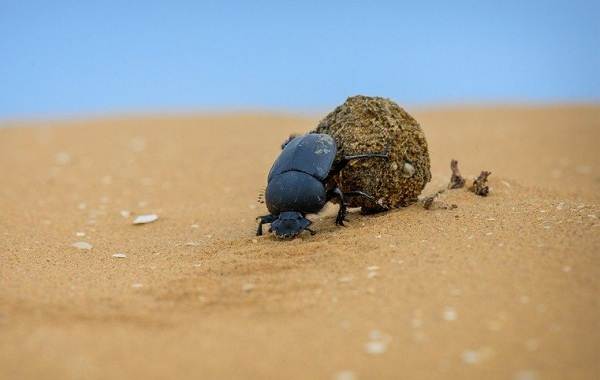

- Miller's dream book: the scarab makes it clear that success can be achieved only if you devote yourself to the business headlong and make efforts to complete the task;
- Gypsy dream book: an insect promises good luck and approves the path chosen by the dreamer, but only if he dreamed of a flying scarab;
- Eastern dream book: if the beetle was in the mouth, the dream should be interpreted as a warning about the imprudence and carelessness of words. You should think before making fiery speeches, because they can lead to undesirable consequences;
- Aesop's dream book: to find a scarab in your own bed - to the imminent acquisition of a soul mate;
- Assyrian dream book: if a beetle bites from a dream, this can be regarded as a warning about the hidden influence of other people on the dreamer's fate. If the bite passes without a trace - there is nothing to be afraid of, if an abscess is seen in its place - the actions of enemies will bring them the desired result;
- Noble dream book: a large scarab promises unpleasant secrets around the person who dreamed about. They will bring with them a threat to well-being and negatively affect relationships with loved ones;
- Modern dream book: A scarab beetle dreamed of in a dream by a young girl promises an early marriage, but if the insect crawled away, the marriage will not last long.
- an insect flooded with amber means that soon you will have to take on the burden of responsibility for the fate of another person;
- a precious jewelry in the form of a scarab dreams of unexpected wealth - winning the lottery, inheritance or prize;
- the image of a beetle on household items promises the dreamer harmony in family life and the establishment of relationships with children and spouse;
- a feeling of disgust in a dream for a scarab or its specific food suggests that in reality unpleasant rumors are spread about the dreamer that can ruin relationships with loved ones;
- a dung beetle in a plate warns against making important transactions, especially with unverified people: there is a high probability of losing money;
- if the scarab crossed the road or was just on the way, there will be a meeting that will affect the fate of the dreamer.
The scarab, despite its frightening appearance and gloomy color, does not promise major troubles or health problems in a dream. Unlike many other insects, it becomes a harbinger of success if you invest in achieving it.
Taxonomy
There is a debate about the taxonomy of this family. The diversity in the structure of larvae and adults leads to different opinions in the consideration of the classification, evolution and monophilia of this group of beetles and individual genera found in it. There is reason to believe that the group has two distinctly distinct branches: Bolboceratinae
and
Athyreinae
, although
Athyreinae
included as a tribe in the subfamily
Bolboceratinae
, as well as
Geotrupinae
,
Taurocerastinae
, and
Lethrinae
can be considered as tribes in the subfamily
Geotrupinae
... Scholtz & Browne in 1996 (1996) subfamily
Bolboceratinae
promoted to family rank
Bolboceratidae
... The dung beetle family can also be considered as a subfamily in the lamellar family (
Scarabaeidae
).[1]
Classification
- Family: Geotrupidae
[3] Subfamily: Bolboceratinae Mulsant, 1842 Tribe: Athyreini Howden & Martinez, 1963 Genus: Athyreus MacLeay, 1819 - Genus: Neoathyreus Howden & Martínez, 1963
- Genus: Parathyreus Howden & Martinez, 1963
- Genus: Pseudoathyreus Howden & Martinez, 1963
- Genus: Australobolbus Howden & Cooper, 1977
- Tribe: Ceratotrupini Zunino, 1984 Genus: Ceratotrupes Jekel, 1865
- Genus: Cretogeotrupes Nikolajev, 1992
- Genus: Allotrypes François, 1904
- Genus: Lethrus Scopoli, 1777 - Kravchiki
- Genus: Frickius Germain, 1897

